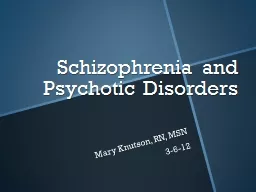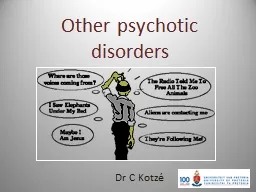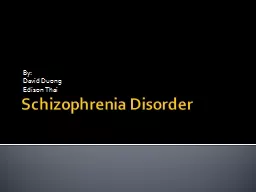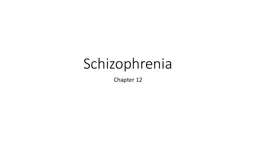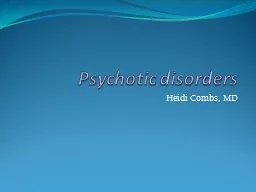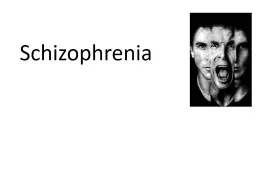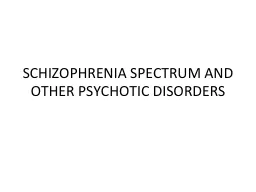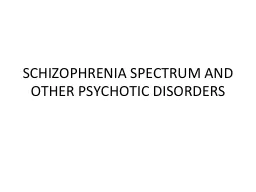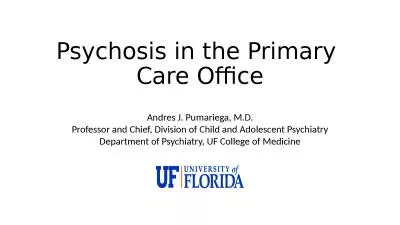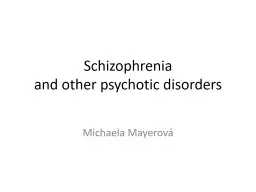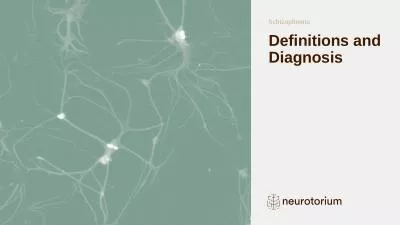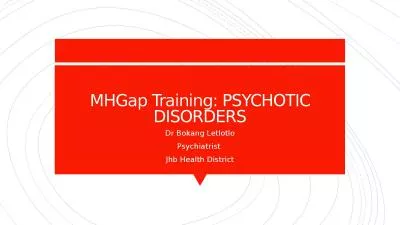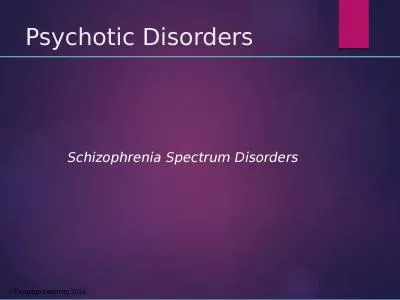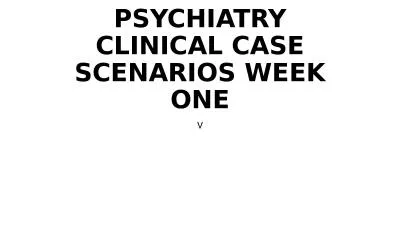PPT-Schizophrenia and Psychotic Disorders
Author : min-jolicoeur | Published Date : 2016-05-02
Mary Knutson RN MSN 3612 Stuart Stress Adaptation Model Brain Information Processing Model Core Symptom Clusters in Schizophrenia Coping Mechanisms In active psychosis
Presentation Embed Code
Download Presentation
Download Presentation The PPT/PDF document "Schizophrenia and Psychotic Disorders" is the property of its rightful owner. Permission is granted to download and print the materials on this website for personal, non-commercial use only, and to display it on your personal computer provided you do not modify the materials and that you retain all copyright notices contained in the materials. By downloading content from our website, you accept the terms of this agreement.
Schizophrenia and Psychotic Disorders: Transcript
Download Rules Of Document
"Schizophrenia and Psychotic Disorders"The content belongs to its owner. You may download and print it for personal use, without modification, and keep all copyright notices. By downloading, you agree to these terms.
Related Documents

